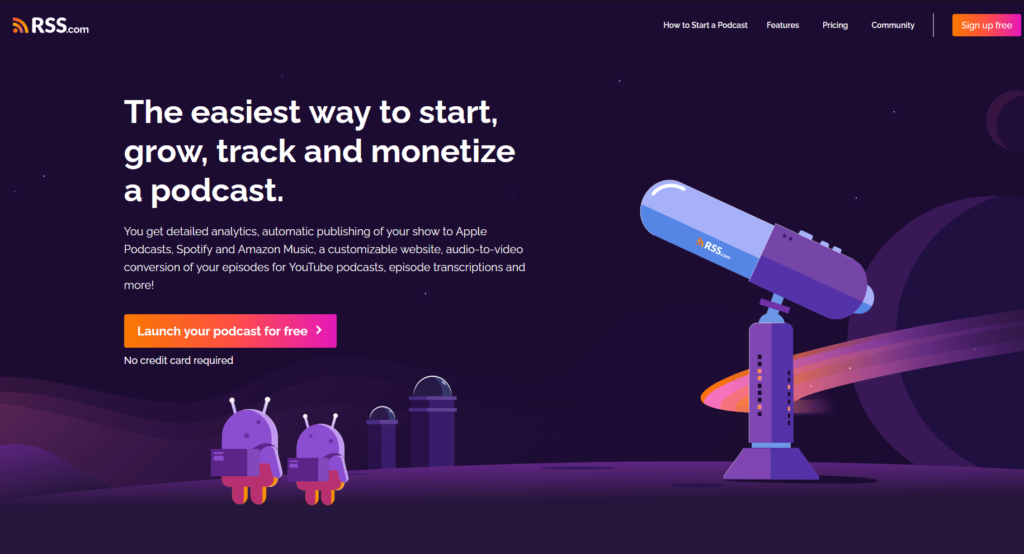Need holiday gift ideas? Get creative suggestions for family, friends, partners including subscription boxes, gaming gear, spa packages, and more.
The following is a guest post from my bloggy friend Ashley Nielsen. Interested in having a guest post on my website? Click here for my guest post submission form.
Creative and Thoughtful Gifts for the Holidays
Whether you’re shopping for friends, family, or your adoring partner, the pressure to find the perfect gift remains constant as the holiday season approaches. However, with the right approach, you can find the perfect gift for anyone on your list. If you hate shopping or want to avoid the surging holiday shopping crowd, check out these ideas that are sure to brighten anyone’s holiday season.
Subscription Boxes
Subscription boxes have been making a major impact on eCommerce because there’s something to be found for everyone. You can pick a box tailored to your recipient’s interests with a wide range of options. From beauty product subscriptions to meal kit deliveries for the foodies in your life, books, fitness gear, and plenty of other niche hobbies
An added bonus is that subscription boxes are the gift that keeps on giving. Each box comes with an element of surprise that remains long after the holiday ends. They’re also convenient for both you and your recipient, as you can easily purchase and set up the subscription online without your recipient needing to do a thing.
Champagne
If they appreciate the finer things in life, consider gifting them a bottle of champagne. A bottle of bubblies is something they’re sure to enjoy, especially if they’ve never said no to a mimosa. You can pair the bubblies with a nice set of champagne flutes so they can get a fully elegant experience.
Perfume or Cologne
Who doesn’t want to smell good? Perfume and cologne are the perfect luxury gifts to give this holiday season. Whether your recipient has a signature scent they love or enjoys switching it up depending on the day, scents are the perfect gift.
If you’re unsure what smells they like, consider gifting them a perfume subscription as an alternative. Perfume and cologne subscriptions are ideal for people who like to switch up their scent profiles. Plus, they get to try out new ones every month without you having to worry about picking out something they don’t like.
Pro tip: Opt for scents labeled as Eau de perfume instead of ones labeled Eau de toilette. Eau de perfumes contain a higher percentage of oils, meaning they’re of higher quality and will last longer.
Custom gifts
If you’re looking for a gift that can last a lifetime, consider looking into customizable gifts. If you and your gift recipient have a favorite photo of you together, you can order a custom photo blanket with your image. A photo blanket is a sweet gift to keep them cozy this winter season.
You can virtually customize anything these days, from teddy bears with a voice message inside to picture books telling a story of your love and friendship. These keepsakes are what make the holidays special.
Gaming gear
If your gift recipient is a major gamer or even a streamer, why not invest in their hobby? Whether they’re loyal to their Xbox, PlayStation, gaming computer, or more, there’s plenty of gear to purchase that can enhance their overall gaming experience. Consider what kinds of games they like to play. For example, if they enjoy flight simulation or racing games, you can buy them a flight simulator control system or a steering wheel and shifter bundle to take their gaming to the next level.
If they enjoy cozy gaming on their switch, you can buy them a case for their system to go in and accessories to decorate their Switch. By keeping in mind the kinds of systems they use as well as their style of play, you ensure you’re gifting them with something they’ll actually use and enjoy.
Weighted blanket
Do your friends and family enjoy their cozy time? If your recipient enjoys their cuddles or even struggles with anxiety, consider gifting a weighted blanket. Weighted blankets are made of heavy materials and apply pressure to the body, helping your nervous system relax and reduce anxiety symptoms. Weighted blankets also don’t have to come with getting overheated. Some weighted blankets help insulate heat, which is beneficial if you live somewhere cold, and others include heat-wicking materials in case you’re a hot sleeper.
Sweets for your sweet
If you know your recipient has a major sweet tooth, desserts can take the holiday to the next level. Ditch the fruitcake and instead opt for a luxurious box of chocolates. If they’re more of a tart person, you can get them a basket of their favorite gummies and candies.
If you’re looking to make your desserts more of an experience, you can find a local bakery and order a bunch of different desserts for a sweet buffet. Paired with some other goodies they like, a dessert buffet is sure to be quite a sweet experience.
Spa day at home
If the person you’re shopping for enjoys spending their nights pampering, consider getting them everything they’ll need to have a self-care day at home. Depending on your budget, you can buy face masks, candles, massage oil, wine, and more to do some at-home self-care.
If you have the budget for it, you can also gift a certificate for massage therapists to come to their home. At-home spa services are great because they’ll bring everything needed with them, so all they have to do is sit back and relax.
Gift the love this holiday season
Whether you opt for a recurring gift through a subscription box or invest in your recipient’s interests, reduce the stress associated with holiday shopping. By shopping online and keeping your recipients interests in mind, you can cross everyone off your list without ever needing to leave your home. Remember, the holidays are approaching quickly, so get ahead of the curve and start shopping now to get the best deals and avoid the overwhelming crowd of holiday shoppers.
About the author:
Ashley Nielsen earned a B.S. degree in Business Administration and Marketing at Point Loma Nazarene University. She is a freelance writer who loves to share knowledge about general business, marketing, lifestyle, wellness, and financial tips. During her free time, she enjoys being outside, staying active, reading a book, or diving deep into her favorite music.





















